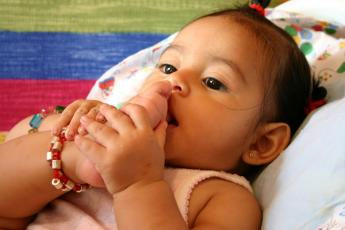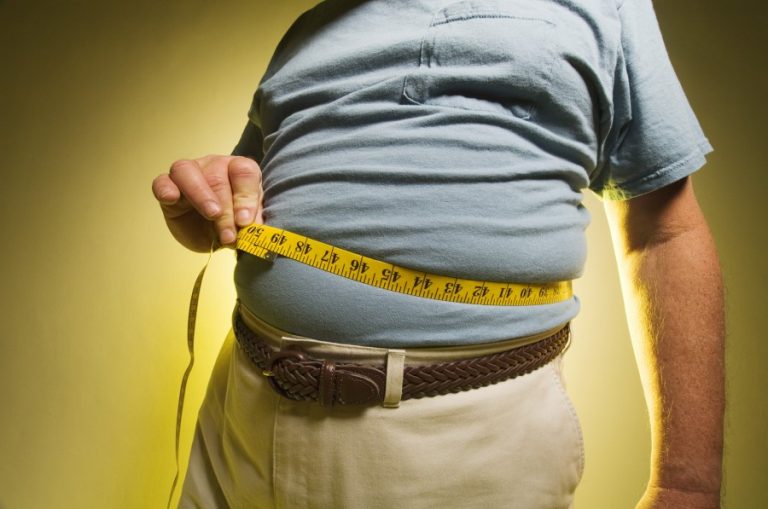Mammography: Examination Itself Will Cause Radiation – Induced Breast Cancer
- Exam is done at an accredited mammography facility.
- Mean glandular xray dose per view = 0.1 rad (0.1 centi-gray, cGy).
- There are two views of each breast per exam.
- Combined mean glandular dose to each breast = 0.2 rad (0.2 cGy).
- Unrepaired damage to genes from xrays accumulates. Therefore, the risk from multiple mammograms is the sum of the risk from each individual exam.
- Risks below refer to incidence; risk of mortality is 4x lower.
|
|
||
| Age at Exam. | Resulting Risk of Mammogram-Induced Breast Cancer. | |
| Any age in | 1 exam: | 1 chance in about 1,100. |
| 30-34 range. | 5 exams: | 5 chances/1100, or 1 chance in 220. |
| Any age in | 1 exam: | 1 chance in about 1,900. |
| 35-49 range. | 10 exams: | 10 chances/1900, or 1 chance in 190. |
| Any age in | 1 exam: | 1 chance in about 2,000. |
| 50-64 range. | 15 exams: | 15 chances/2,000, or 1 chance in 133. |
|
|
||


- We have no data on xray exposure beyond age 64.
- The typical exam supposedly gives a total dose of 0.2 rad. Regulations permit mean glandular dose per exam to be three times higher (up to 0.6 rad total per exam). From such doses, every estimate above would be 3x higher.
- Some women will be at lower risk per exam, and others at higher risk. There is presently no way to identify which women are most vulnerable to xray-induced cancer.
- In all examples above, an individual’s chance of NEVER getting mammogram-induced breast-cancer far exceeds the risk of getting mammogram-induced breast-cancer. Still, a low risk is not “imaginary” or “hypothetical.” For instance, every American’s chance of NEVER dying from pneumonia or influenza far exceeds the chance of dying from those diseases — yet every year, 83,000 Americans do die of pneumonia and influenza.
- Although the estimates above are necessarily approximate, they can help women and their physicians to evaluate potential harm (not only potential benefit) from multiple mammograms.
- Mammograms which turn out to be “false positives” often result in additional xray procedures and risk.
From pp.172-181 of the 1996 book Preventing Breast Cancer, by John W. Gofman, M.D., Ph.D. Adapted for this table by Dr. Gofman, June 9, 1998.
Resource: http://www.ratical.org




